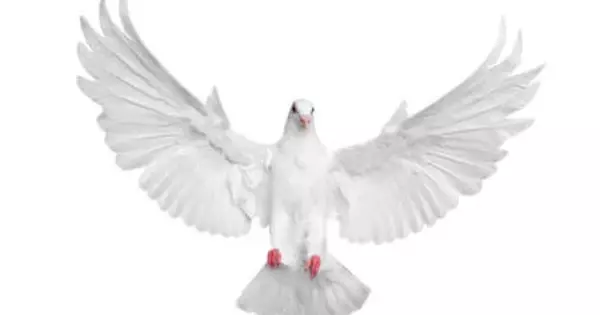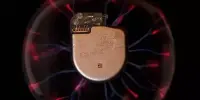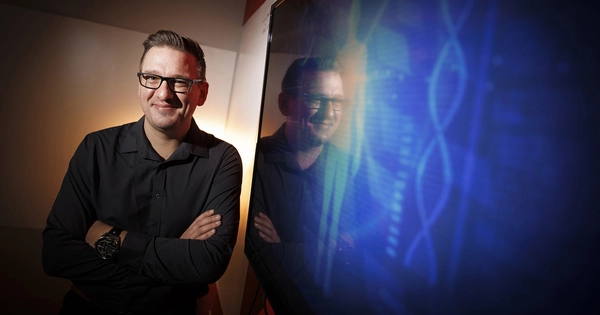People have always been fascinated by the perfection of bird flight, and many enthusiasts have attempted to replicate it over the centuries, with little success in most cases. Around the end of the fifteenth century, Leonardo da Vinci systematically studied flapping bird wings and meticulously observed and described the bird’s flight. Birds can also adjust the shape of their wings based on the immediate flight situation, as well as respond almost immediately to conditions dictated by the flow environment, such as wind gusts, object avoidance, target tracking, and so on.
To uncover the mystery behind the differences in motion, a team of researchers studied the aerodynamics of bird perching maneuvers and their implications for aircraft design. If you have ever watched a bird land on a tree branch, you may have noticed that it rapidly pitches its wings upward at a high angle to execute a smooth landing. However, for some birds, they land by folding their wings as they perch instead, creating a sweeping motion as they decelerate.
To uncover the mystery behind these differences in motion, a team of researchers in the UCF Department of Mechanical and Aerospace Engineering studied the aerodynamics of bird perching maneuvers and their implications for aircraft design. The researchers’ findings were recently published in Physical Review Fluids, and it was highlighted as an “Editor’s Suggestion.”
A complete understanding of this perching maneuver would help to quantify the performance of the natural flyers and aid in the design of safer aircraft. This perching maneuver also allows the birds to land smoothly within a short distance. So, a perching maneuver with swept-wing configuration can be an option where runway distance is an issue.
Dibya Raj Adhikari
The team, led by aerospace engineering doctoral student Dibya Raj Adhikari, found that the sweeping motion, which changes the shape of a bird’s wing, increases lift and allows for better control of aerodynamic forces during a landing.
Most bird species use bird flight as their primary mode of locomotion, in which they take off and fly. Birds use flight to help them feed, breed, avoid predators, and migrate.
Bird flight is one of the most complex forms of animal locomotion. Hovering, taking off, and landing are all examples of complex movements involved in this type of motion. As different bird species evolved over millions of years to adapt to specific environments, prey, predators, and other needs, they developed specializations in their wings and learned to fly in different ways.

“A complete understanding of this perching maneuver would help to quantify the performance of the natural flyers and aid in the design of safer aircraft,” Adhikari says. “This perching maneuver also allows the birds to land smoothly within a short distance. So, a perching maneuver with swept-wing configuration can be an option where runway distance is an issue.”
To simulate the motion of bird wings, the team used aluminum plates that they pushed through a tank of water containing silver-coated glass spheres. A rectangular plate was used to mimic a straight wing while a tapered plate was used to mimic a folded wing. The plates were moved at a constant speed for a few seconds, then tilted and shifted toward the tank wall during deceleration to imitate a bird pitching and heaving its wings as it lands.
The researchers found that the swept-wing motion stabilized the leading-edge vortex, one of the main mechanisms that enhance lift. This stabilization ultimately leads to a better landing in birds — and potentially in aircraft.
Adhikari worked on this research under the guidance of Assistant Professor Samik Bhattacharya, whose previous work attracted him to UCF. “During my master’s, I worked on a bio-inspired flight using experimental techniques,” Adhikari says. “I wanted to explore more in this field, and I found Samik Bhattacharya doing a similar kind of research here at UCF.”
Adhikari now works for Bhattacharya in the Experimental Fluid Mechanics Lab. Bhattacharya’s NSF CAREER award, which he received in 2021, partially funded this research. Co-authors of the paper include Assistant Professor Michael Kinzel and aerospace engineering doctoral student George Loubimov ’20MS.
















